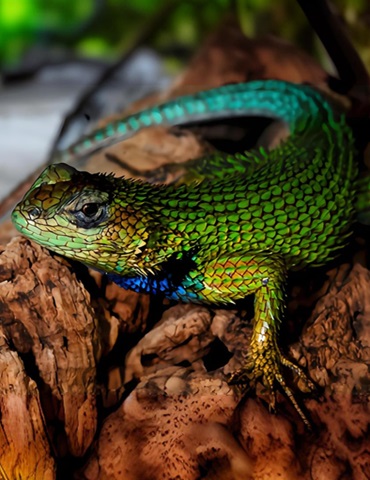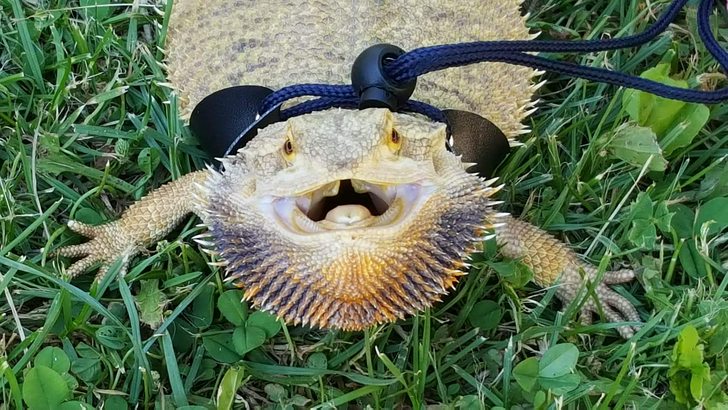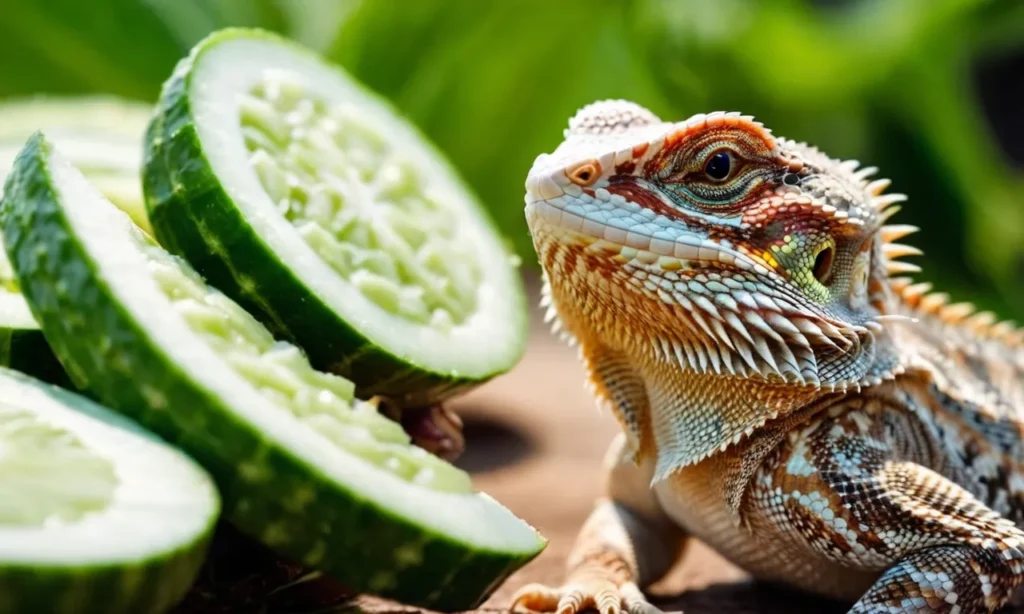The Crustacean Gecko, a species of lizard native to the tropical rainforests of New Caledonia, is an arboreal and nocturnal animal. These geckos are relatively small, with adults reaching a length of about 20 centimeters including their tail, and weighing between 40 to 50 grams. They are characterized by a sucker at the end of their tail and eyelashes-like projections above their eyes, which is the origin of their name. Their gentle temperament makes them suitable for keeping as pets. In a controlled environment, Crustacean Geckos can live up to 20 years.
For housing, a tall and spacious terrarium is required to provide ample space for climbing and activity. The top of the terrarium should ideally be a ventilated grid to allow for air circulation. A high cylinder with dimensions suggested at 50x50x80cm or 60x60x100cm can be used, or a larger tank of 80×80×120cm to meet the activity needs of the Crustacean Gecko. The temperature range should be adjusted to 22–26 degrees Celsius, with humidity not dropping below 60% during the day and not less than 80% at night. Heating pads and temperature control devices can be used to regulate temperature, while humidity can be maintained by misting. Substrate options include coconut fiber, sand mixed with coconut fiber, or chemical-free soil, with a thickness of 5-8 cm, ideally reaching 10 cm.



